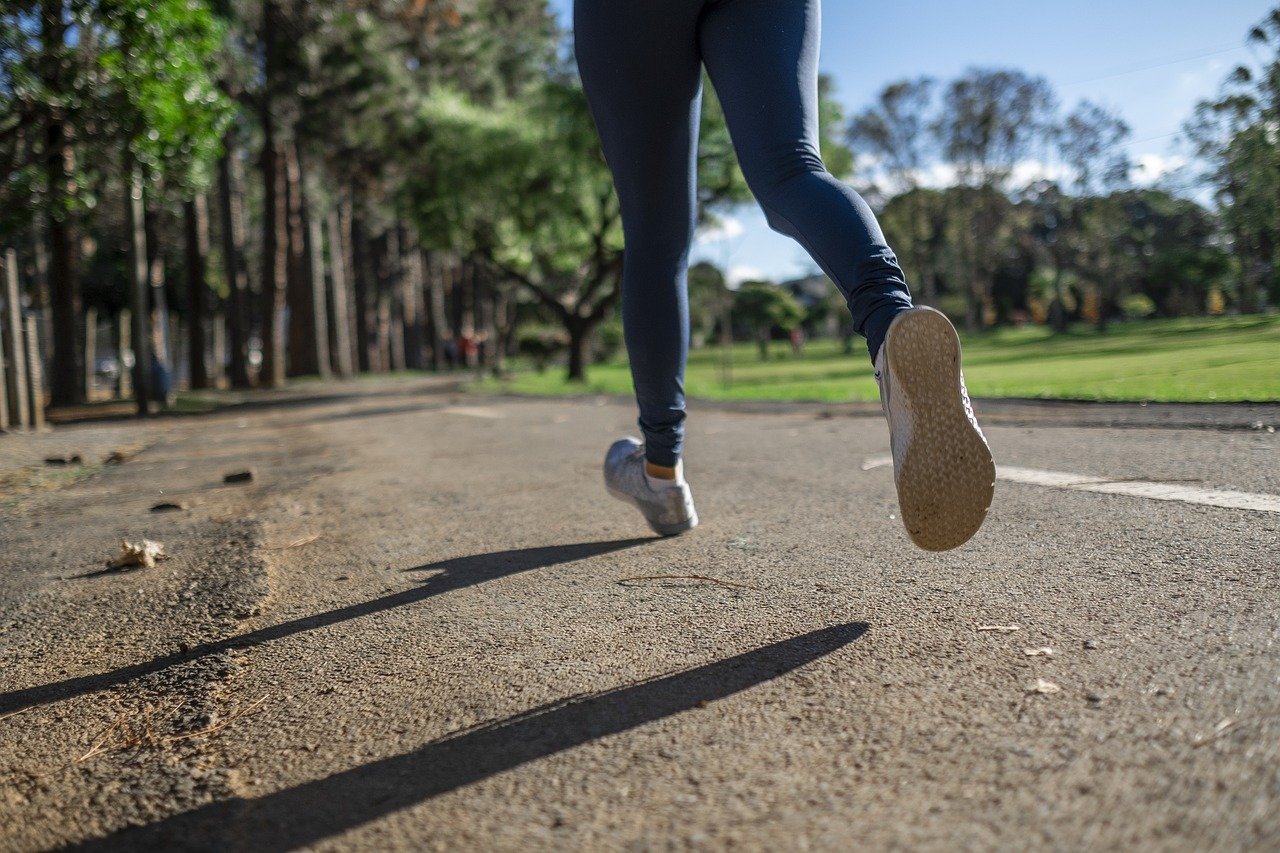Summary: Exercise has a two-fold effect on those with depression. Physical activity reduces symptoms of depression and increases the brain’s ability to change, researchers report.
Source: RUB
Physical activity does the brain good. For example, it fosters its ability to change and adapt.
The dual beneficial effect of physical activity in depression is confirmed by a study at the University Clinic for Psychiatry and Psychotherapy at Ruhr-Universität Bochum (RUB) at the Ostwestfalen-Lippe campus: physical activity not only reduces depressive symptoms. It also increases the brain’s ability to change, which is necessary for adaptation and learning processes.
“The results show how important seemingly simple things like physical activity are in treating and preventing illnesses such as depression,” says study leader associate professor Dr. Karin Rosenkranz.
The study was published on 9 June 2021 in the journal Frontiers in Psychiatry.
Exercise programme promotes motivation and togetherness
People with depression often withdraw and are physically inactive. To investigate the effect of physical activity, Karin Rosenkranz’s working group enlisted 41 people, who were undergoing treatment at the hospital, for the study. The participants were each assigned to one of two groups, one of which completed a three-week exercise programme.
The programme, which was developed by the sports science team from the University of Bielefeld led by Professor Thomas Schack, was varied, contained fun elements, and did not take the form of a competition or test, but instead required teamwork from the participants.
“This specifically promoted motivation and social togetherness while breaking down a fear of challenges and negative experiences with physical activity — such as school PE lessons,” explains Karin Rosenkranz. The other group took part in a control programme without physical activity.

The study team ascertained the severity of the depressive symptoms, such as a loss of drive and interest, lack of motivation and negative feelings, both before and after the programme. The brain’s ability to change, known as neuroplasticity, was also measured. It can be determined externally with the help of transcranial magnetic stimulation.
“The ability to change is important for all of the brain’s learning and adaptation processes,” explains Karin Rosenkranz.
Ability to change increased — symptoms decreased
The results show that the brain’s ability to change is lower in people with depression than in healthy people. Following the programme with physical activity, this ability to change increased significantly and achieved the same values as healthy people. At the same time, depressive symptoms decreased in the group.
“The more the ability to change increased, the more clearly the clinical symptoms decreased,” summarises Karin Rosenkranz. These changes were not so pronounced in the group who took part in the control programme.
“This shows that physical activity has an effect on symptoms and the brain’s ability to change. We cannot say to what extent the change in symptoms and the brain’s ability to change are causally linked based on this data,” says the doctor, referring to the limitations. “It is known that physical activity does the brain good, as it, for instance, promotes the formation of neuron connections. This could certainly also play a role here.”
About this exercise and depression research news
Source: RUB
Contact: Press Office – RUB
Image: The image is in the public domain
Original Research: Open access.
“Physical Activity Reduces Clinical Symptoms and Restores Neuroplasticity in Major Depression” by Wanja Brüchle, Caroline Schwarzer, Christina Berns, Sebastian Scho, Jessica Schneefeld, Dirk Koester, Thomas Schack, Udo Schneider, Karin Rosenkranz. Frontiers in Psychiatry
Abstract
Physical Activity Reduces Clinical Symptoms and Restores Neuroplasticity in Major Depression
Major depressive disorder (MDD) is the most common mental disorder and deficits in neuroplasticity are discussed as one pathophysiological mechanism. Physical activity (PA) enhances neuroplasticity in healthy subjects and improves clinical symptoms of MDD. However, it is unclear whether this clinical effect of PA is due to restoring deficient neuroplasticity in MDD.
We investigated the effect of a 3-week PA program applied on clinical symptoms, motor excitability and plasticity, and on cognition in patients with MDD (N = 23), in comparison to a control intervention (CI; N = 18). Before and after the interventions, the clinical symptom severity was tested using self- (BDI-II) and investigator- (HAMD-17) rated scales, transcranial magnetic stimulation (TMS) protocols were used to test motor excitability and paired-associative stimulation (PAS) to test long-term-potentiation (LTP)-like plasticity. Additionally, cognitive functions such as attention, working memory and executive functions were tested.
After the interventions, the BDI-II and HAMD-17 decreased significantly in both groups, but the decrease in HAMD-17 was significantly stronger in the PA group. Cognition did not change notably in either group. Motor excitability did not differ between the groups and remained unchanged by either intervention.
Baseline levels of LTP-like plasticity in the motor cortex were low in both groups (PA: 113.40 ± 2.55%; CI: 116.83 ± 3.70%) and increased significantly after PA (155.06 ± 10.48%) but not after CI (122.01 ± 4.1%). Higher baseline BDI-II scores were correlated with lower levels of neuroplasticity. Importantly, the more the BDI-II score decreased during the interventions, the stronger did neuroplasticity increase. The latter effect was particularly strong after PA (r = −0.835; p < 0.001). The level of neuroplasticity related specifically to the psychological/affective items, which are tested predominantly in the BDI-II.
However, the significant clinical difference in the intervention effects was shown in the HAMD-17 which focuses more on somatic/neurovegetative items known to improve earlier in the course of MDD. In summary, PA improved symptoms of MDD and restored the deficient neuroplasticity.
Importantly, both changes were strongly related on the individual patients’ level, highlighting the key role of neuroplasticity in the pathophysiology and the clinical relevance of neuroplasticity-enhancing interventions for the treatment of MDD.







